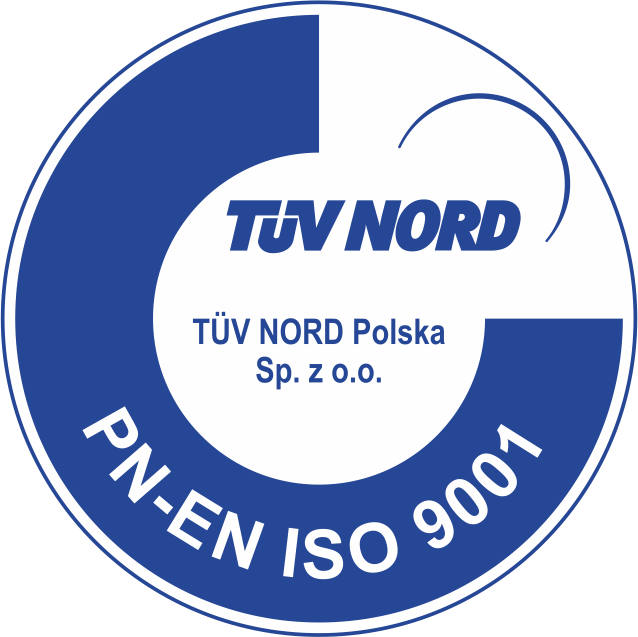Microsoft SQL Server Analysis Services, SSAS, is an Online Analytical Processing, OLAP, data mining and reporting tool in Microsoft SQL Server. SSAS is used as a tool by organisations to analyse and make sense of information possibly spread out across multiple databases, or in disparate tables. Microsoft has included a number of services in SQL Server related to business intelligence and data warehousing. These services include Integration Services and Analysis Services. Analysis Services includes a group of OLAP and data mining capabilities.
SQL Server 2012 Analysis Services empowers you to build comprehensive, enterprise-scale analytic solutions for predictive analysis and interactive exploration of aggregated data from different perspectives.
- Simplify the process of building complex solutions with consistent BI Semantic Model;
- Easily build a range of analytics solutions, from simple to very complex, using rich modeling capabilities, business logic, and fine grained security;
- Empower BI application developers to have flexibility and balance in performance, scale, in-memory, and pass-through query usage;
- Use the xVelocity in-memory analytics engine to empower users to interact with an unprecedented amount of data at the speed of thought.
Key Capabilities
Consistent BI Semantic Model
- Engage a powerful and agile model that enables BI applications to scale and meet the changing needs of organisations;
- Build a single model for BI apps, for reporting, analysis, dashboard, and scorecards, providing users a consistent view of their data;
- Implement powerful data models that enable flexible design and creation of business logic, including access to data for real-time analysis.
Robust Performance and Scale
You can rely on SQL Server Analysis Services performance and scale to meet the most demanding applications and user requirements.
- Benefit from new hardware using the xVelocity analytics engine, which enables multi-threading and linear scaling with multiple cores;
- Optimise multi-dimensional performance and eliminate unnecessary aggregations with an improved Aggregation Designer;
- Enable real-time updates with Proactive Caching for superb performance.
Tight Integration with End-User Tools
Deliver insights across the enterprise through tight integration with Microsoft Office and SharePoint Server.
- Empower users with self-service access to information when they need it in Excel, including the PowerPivot capability and Data Mining add-ins;
- Enable users to create mash-ups of information, while centrally managing and monitoring the system through integration with SharePoint;
- Provide users access to information, through a single BI semantic model with business entities, business logic, calculations, and metrics;
SQL Server Analysis Services provides, for the first time, a unified and integrated view of all your business data. This will be the foundation for all of your traditional reporting, online analytical processing (OLAP) analysis, Key Performance Indicator (KPI) scorecards, and data mining.
- Unified Dimensional Model (UDM) – Analysis Services provides a business semantic model, referred to as a Unified Dimensional Model (UDM), which defines business entities, business logic, calculations and metrics. The UDM is a central place that serves as the single version of truth for all reports, spreadsheets, OLAP browsers, KPIs and analytical applications. Using the powerful new Data Source View feature, the UDM is mapped to a host of heterogeneous back-end data sources, providing a complete and integrated picture of the business regardless of the location of the data. With friendly descriptions of the business entities, navigation hierarchies, multiple perspectives, and even automatic translations to native languages, users will find it easy to explore corporate business data;
- Proactive Caching – Proactive Caching enables the combination of real-time updates with multidimensional online analytical processing (MOLAP) class performance. Analysis Services maintains a highly compressed and optimised data cache that is maintained automatically, as the data in the underlying source databases changes. The cache provides superb query performance and isolates back-end source systems from the load of the analytical queries;
- Advanced Business Intelligence – The KPI framework provides a rich centralised repository defining key metrics and scorecards. The KPI framework in Analysis Services lets you easily build balanced scorecards and other types of business performance management applications;
- Translations – Translations provide a simple and centrally managed mechanism for storing and presenting analytic data to users in their preferred languages;
- MDX Scripts – Multidimensional Expression (MDX) Scripts are the new mechanism for defining calculated members, named sets and cell calculations;
- Business Intelligence Wizards – A set of easy-to-use wizards can help even the most novice user in modelling some of the more complex business intelligence problems;
- Semi-Additive Measures – This new measure aggregation type for advance data modelling includes last-nonempty, last-child, first-child, average-of-children and even by-account-type;
- Data Mining – Microsoft SQL Server Analysis Services (SSAS) provides tools for data mining with which you can identify rules and patterns in your data, so that you can determine why things happen and predict what will happen in the future – giving you powerful insight that will help your company make better business decisions;
- Web Services – XML for Analysis (XML/A) is the native, standards-based protocol for communication with the Analysis Services server. New kinds of applications are enabled and easy to develop – applications that integrate analytics with operations in real time that can access the data from any platform and any language;
- Enterprise Capabilities – SQL Server Analysis Services sets a new standard for business intelligence servers in enterprise scalability, manageability and productivity;
- Scalability – Analysis Services scales to the most demanding analytical and reporting applications. With a new dimensional architecture, UDM-enabled applications let users quickly perform rich and intuitive ad hoc analysis using hundreds of dimensions and hierarchies. Hierarchies make it easier for users to navigate and query UDMs with hundreds of millions of members. In addition, the new architecture removes the limitations of memory–resident dimensions and the number of children members per parent. With an XML/A–based communication protocol that is paired with greatly optimised role–based security, Analysis Services helps a UDM handle thousands of users, enabling enterprise-scale business intelligence applications using Web/middle-tier or client/server architectures;
- Manageability – By integrating the management tools for the relational engine and Analysis Services, business intelligence administrators benefit from having a single, uniform environment for managing SQL Server Analysis Services. With SQL Server Management Studio, administrators can easily script Analysis Services objects and operations or tasks. Administrators can use a rich editor for MDX and Data Mining extensions (DMX) queries. SQL Profiler can be used to trace, capture,and replay Analysis Services queries and other commands. Multi-instancing, enhanced backup and restore, synchronisation of databases across servers, and improved fine-grained administrative permissions are some of the new manageability tools available;
- Productivity – Integrated with Visual Studio, the intuitive Analysis Services wizards and editors provide a true application development environment supporting the project’s full life cycle. Source control, versioning, workstation isolation, embedded debugging and configuration management are some of the benefits of the new Business Intelligence Development Studio.















